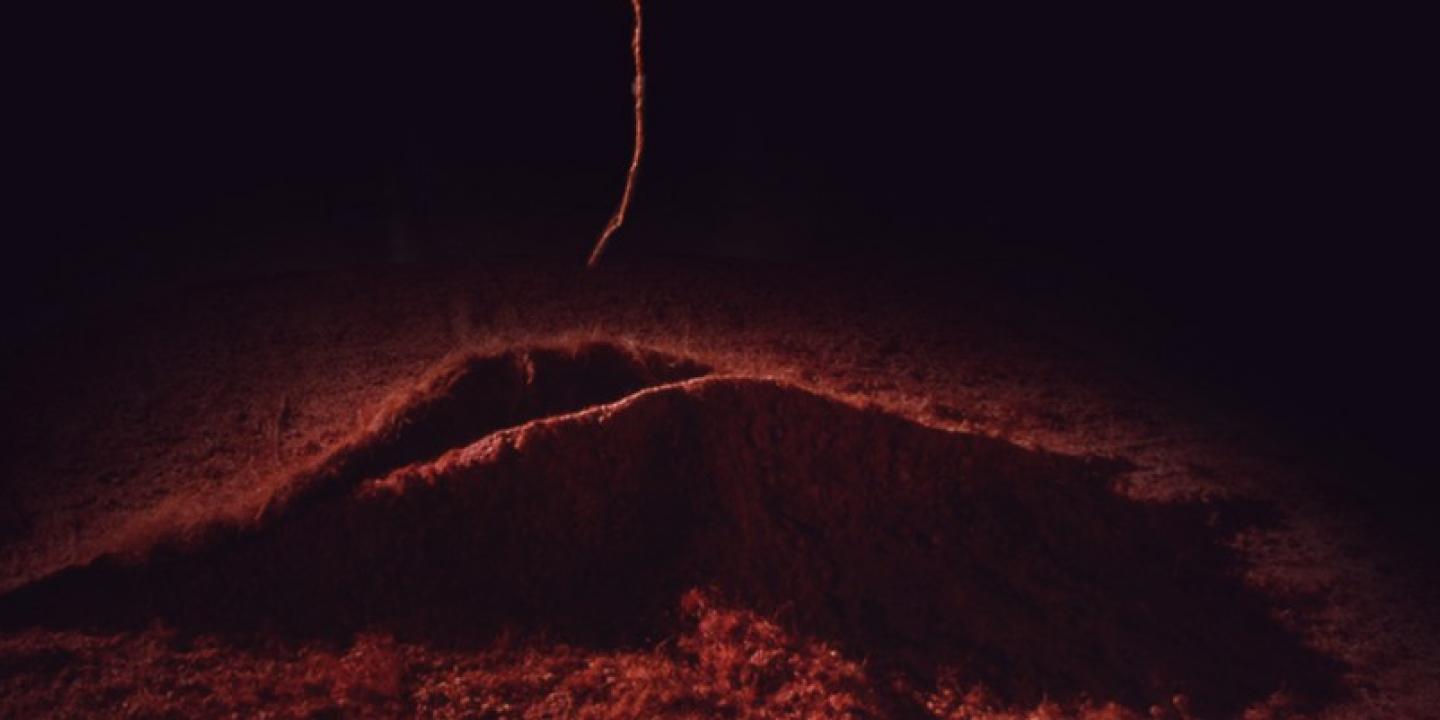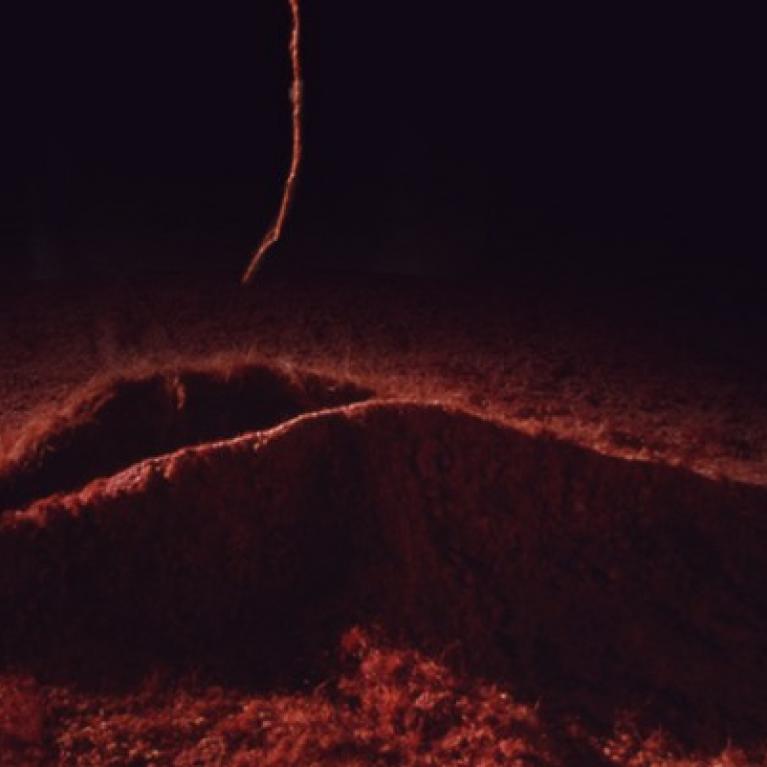Into the Space of Magdalena Abakanowicz. Textile and Sculpture
From 11 April to 30 June 2019, the Museum of Decorative Arts and Design in Riga (Skārņu iela 10) will host an exhibition of textile and sculpture works by the renowned Polish artist Magdalena Abakanowicz.
About the Artist
Magdalena Abakanowicz (1930–2017) is one of the best-known Polish artists in the world. The master worked actively in the fields of textiles, sculpture, painting, and drawing, often combining different media in her works.
Magdalena Abakanowicz was born on 20 June 1930 in the village of Falenty near Warsaw. Artist passed away on 20 April 2017 in Warsaw. From 1950 to 1954, she studied at the Warsaw Academy of Fine Arts. At first Magdalena Abakanowicz turned to painting, creating large, monumental compositions in gouache on cardboard or linen with motifs of stylised birds or water plants and fish. At the turn of the 1950s–60s the young artist turned to textile. In 1960, in Kordegarda Gallery in Warsaw Magdalena Abakanowicz showed Composition. The interplay of non-objective fields of colour suggested the author’s favourite natural motifs. Already then critics could not find common ground on the status of the work – whether it was abstract painting or decorative textile.
Textile. Abakans
The first innovations were realised in the field of art textiles. In 1962, at Lausanne Tapestry Biennial, Magdalena Abakanowicz’s 12m²-large Composition of White Forms caused a furore through being made from separate pieces of white, brown, grey fabrics, not only using the traditional wool and linen for weaving, but also sisal, introducing in places “clusters” of threads and textures. In 1965, the artist’s spatial tapestry, which later was named “abakan” (from the surname of their creator), earned the Grand Prix at the São Paulo Biennale, ensuring broad international recognition for the author.
Magdalena Abakanowicz explained her approach as follows: “I started to weave [..] to create a real art from weaving, to give the fabric a different meaning, sparing all habits and experiences. I wanted to remove weaving from any application, create an independent object. I have succeeded in doing this: completely useless, non-utilitarian abakans, not fabric...”
Magdalena Abakanowicz’s style radically transformed textile art, consciously liberating it from decorative applied functions. The master’s spatial compositions – the abakans – totally changed the understanding of textile art’s plastic possibilities, its range of materials, the relationship between the work of art and its environment, which, taken together, left an enormous impression on the subsequent development of the field in the entire world.
In making her objects, Magdalena Abakanowicz departed from both textile and abstract painting. At the same time, with various materials used in weaving as well as other natural materials such as sisal, horsehair, jute, roots of trees, metal wires etc. – she rather worked as a sculptress, for whom it was important to highlight the characteristics of her materials, their plastic malleability to take on diverse forms and volumes according to the author’s idea. That once again gave rise to discussions about the borders between textile art and sculpture, since no one had previously made monumental sculptures from such soft materials. The artist later recalled that her spatial textiles often “irritated people. In weaving: French tapestry, in visual arts: pop-art and conceptual art, and here we have something magical, complicated, huge…” The new, innovatory vision is also underlined by the impressive size of the textiles and their ability to include the entire surrounding space in the work’s sphere of influence. Owing to their large format, the author’s abakans often appear threatening or mysterious and resemble the skin or body-fragments of unfamiliar creatures.
Sculpture
For the remainder of her life Magdalena Abakanowicz continued to experiment intensively with materials, form, texture, investigation of the interplay between art and the environment, defiantly opposing her inclusion in any specific frames, styles of movements. Abakanowicz always repeated that she was “likely to keep giving up some techniques and materials in favour of others, without losing, however, the core message. The most interesting thing is to use techniques you are not familiar with and build forms you do not know.”
While the artist created the majority of her three-dimensional textiles in the 1960s-70s, since the early 80s Abakanowicz mostly worked in sculpture. Practically her only motif was abstracted human figures and their groups, also isolated heads, hands or fragments of separate body-parts. The master explained that art “was simply a universal tale of human condition”, outside particular time, about “Man as such”. The connection of Magdalena Abakanowicz’s sculpture with archaic art forms and interest in existential questions of the human condition is undeniable, suggested by the artist’s phrase: “I keep working on the same old story, one as old as existence itself, I keep talking about it, about the fears, disappointments and longings that it brings along.”
These quotes help explain the essence of Magdalena Abakanowicz’s abstracted human figures. These personages without faces and eyesight appear to have lost their individuality, ability to express themselves, yet retain a certain place in the group or nameless crowd, and hence in the overall process of humanity’s development. In the same way that the artist was annoyed by the desire of the public to include her work in a defined frame, Magdalena Abakanowicz opposed with full force a literal, overly exact interpretation of her ideas, believing that the work of art has the right to retain a secret, even mysticism. That is one of the reasons she made human figures from soft materials or fragments of fabrics soaked in glue. Tactile contact was of paramount significance for the artist, being necessary to notice and perceive, in order to approach meaning: “There is no tool between me and the material I use. I choose it with my hands. I shape it with my hands. My hands transmit my energy to it. By translating an idea into a shape, they will always pass on something escaping conceptualisation. They will reveal the unconscious.”
The exhibition in Riga will represent 15 of Magdalena Abakanowicz’s objects – the spatial textile abakans and groups of sculptures – from several museums in Poland and the artist’s studio, giving an excellent overview of her creative work and innovatory approach.
The project will include the showing of a Polish Television documentary about Magdalena Abakanowicz, the publication of a catalogue as well as a conference with the participation of Polish and Latvian art historians.
Text by Irēna Bužinska
The exhibition is presented with the support of The Honorary Patronage of the Deputy Prime Minister, Minister of Culture and National Heritage of the Republic of Poland.
The project is co-organised by the Adam Mickiewicz Institute as part of POLSKA 100, the international cultural programme accompanying the centenary of Poland regaining independence.
The project is financed by the Ministry of Culture and National Heritage of the Republic of Poland as part of the multi-annual programme NIEPODLEGŁA 2017–2022.
Exhibition Curators:
Eulalia Domanowska, Director of the Centre of Polish Sculpture in Orońsko
Irēna Bužinska, Exhibition Curator of the Museum of Decorative Arts and Design / Latvian National Museum of Art

